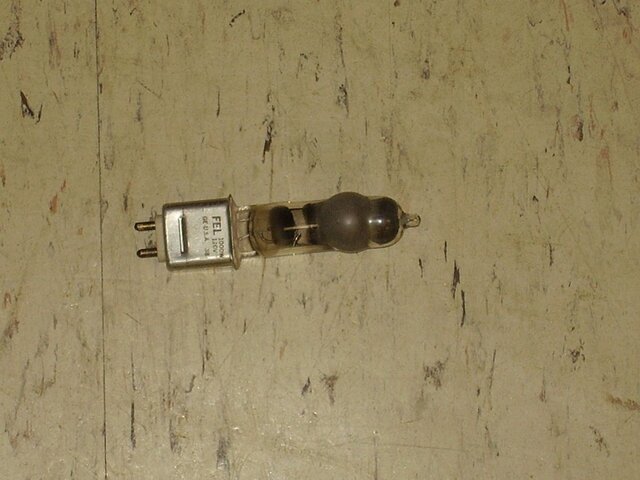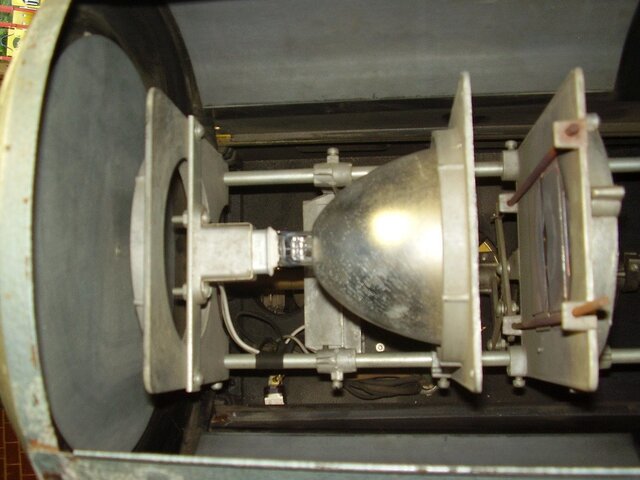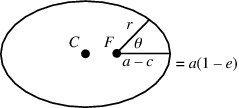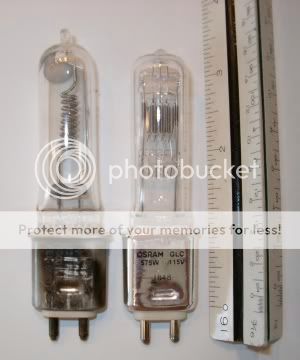When we went to use the Altspot 1000 today for the recital dress rehearsal, the fan worked, but not the lamp. Luckily, we had an extra lamp (and it was at least 10 years old, maybe older). Swapped out the bulb, and we were back in business.
Question 1 – What happened to the light bulb? (photo attached.)
Question 2 – Is the optics assembly assembled correctly: specifically, the back end of the reflector cone (?) is about 1 inch from the front of the lamp socket, such that about an inch of the lamp is behind the reflector. (See Photo.) I was wondering if this gap had anything to do with the lamp failure.
Now, this spotlight only gets used about once a year, and although I cleaned and lubricated it a few years ago, a lighting professional hasn’t looked at it for 15 to 20 years. As far as I know, the spacing between the reflector and lamp socket hasn’t been adjusted for 10- 15 years.
Thanks
Joe
Question 1 – What happened to the light bulb? (photo attached.)
Question 2 – Is the optics assembly assembled correctly: specifically, the back end of the reflector cone (?) is about 1 inch from the front of the lamp socket, such that about an inch of the lamp is behind the reflector. (See Photo.) I was wondering if this gap had anything to do with the lamp failure.
Now, this spotlight only gets used about once a year, and although I cleaned and lubricated it a few years ago, a lighting professional hasn’t looked at it for 15 to 20 years. As far as I know, the spacing between the reflector and lamp socket hasn’t been adjusted for 10- 15 years.
Thanks
Joe






